Not all plants get along, and some combinations can turn your garden into a hot mess. If you’re wondering why your tomatoes are looking rough or your beans just won’t grow, it might be because some plants flat-out hate each other. Yep—some plants can actually harm each other just by being neighbors.
Even seasoned gardeners make these mistakes. You plant everything that looks good together or fits in the same bed, and next thing you know, your herbs are shriveling, your veggies aren’t producing, and pests are running wild. Turns out, it’s not just about sunlight and water. It’s about who your plants are bumping roots with.
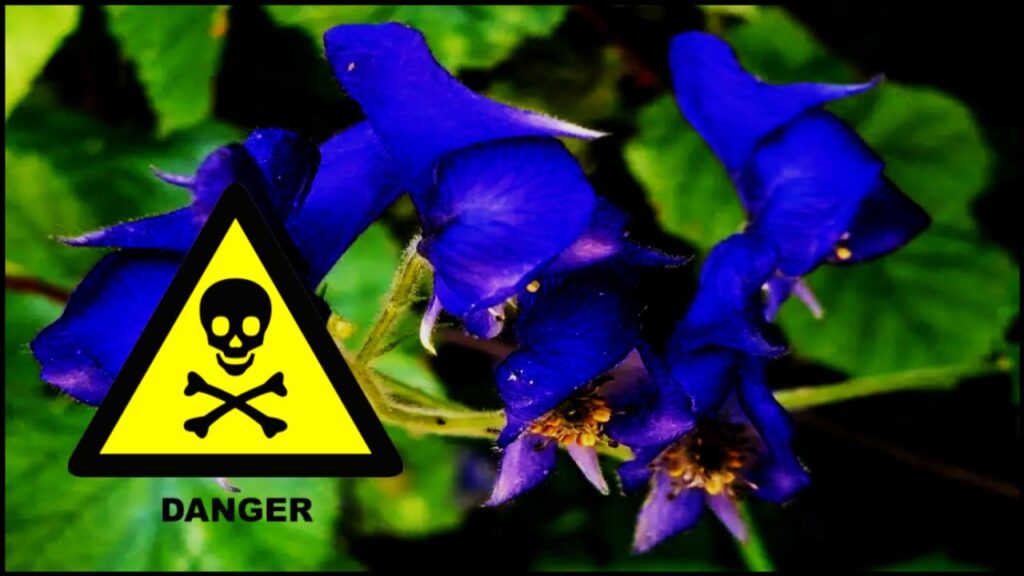
In this guide, we’re breaking down 10 plant pairings that are bad news, why they don’t mix, and what you should grow instead. Whether you’re a beginner starting your first container garden or a pro with raised beds, these tips will help you avoid drama in the dirt.
Why Some Plants Just Don’t Get Along
Plants can be sneaky. Some give off chemicals through their roots that slow down or kill others—this is called allelopathy. Others are greedy, hogging all the water, nutrients, and sunlight. And then there are the pest magnets—plants that attract bugs and diseases that quickly spread to their neighbors.
This isn’t just about “strong” plants and “weak” plants. Sometimes two strong growers will compete so aggressively that neither one produces a good harvest. Or a beautiful flowering plant will quietly release toxins into the soil, poisoning its neighbors. If you’re noticing certain veggies or herbs just aren’t doing well, don’t blame your green thumb—it might be a case of planting enemies next to each other.
Understanding these plant dynamics is a game-changer. You’ll get more veggies, fewer bugs, and way less frustration. Let’s dig into the pairings you need to break up.
10 Garden Combos You Should Skip
1. Tomatoes and Potatoes
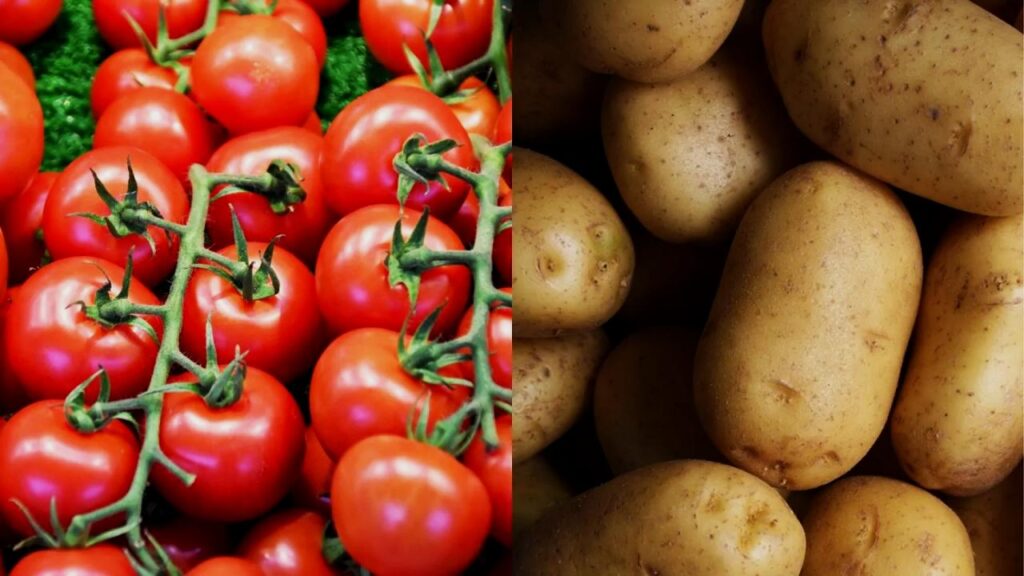
They might be cousins in the nightshade family, but tomatoes and potatoes don’t make great roommates. They’re both super prone to blight, a nasty fungal disease that can wipe out your harvest. Put them in the same bed, and you’re basically giving blight a double invitation. It’s best to plant them in separate spots and rotate where they go each year.
2. Fennel and Almost Everything
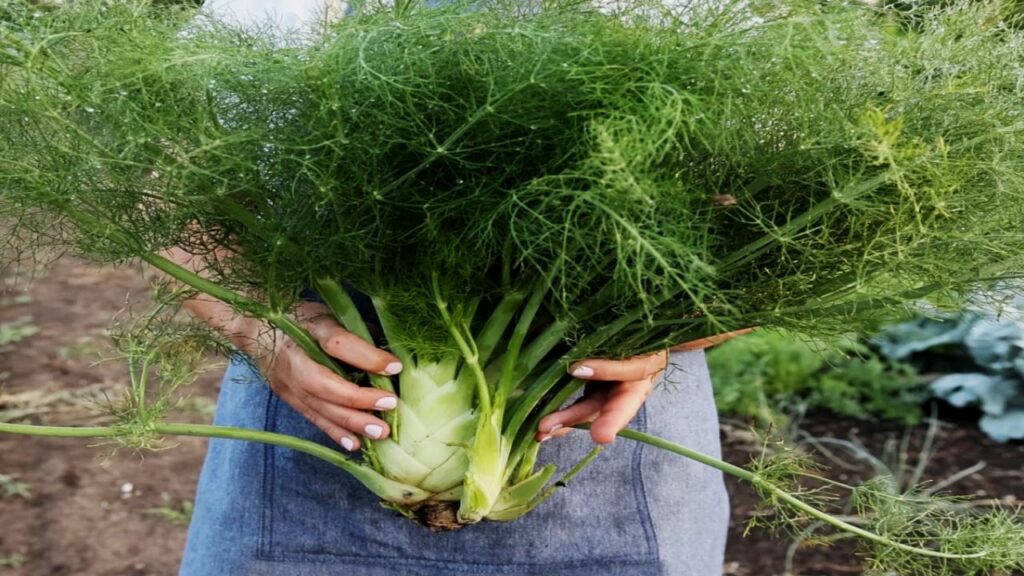
Fennel’s a bully in the garden. It releases natural chemicals into the soil that stunt the roots of most nearby plants—including beans, tomatoes, and even herbs. Honestly, it’s better to give fennel its own container or plant it in a far-off corner where it won’t mess with the rest of your garden.
3. Garlic and Legumes (Beans, Peas)

Garlic’s great in the kitchen, but not so much in the garden when it comes to beans and peas. It gives off sulfur compounds that interfere with the helpful soil bacteria legumes rely on. Your beans might look okay at first, but you’ll notice poor growth and fewer pods.
4. Mint and Parsley
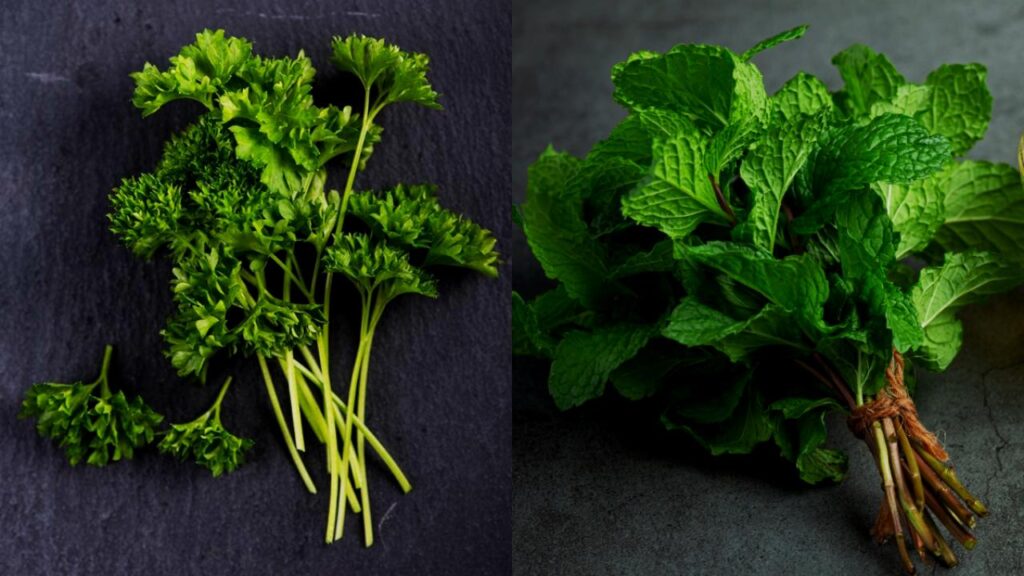
Mint grows fast and spreads like wildfire—by underground runners. Parsley, on the other hand, is a slow grower that needs space. Stick them together, and mint will take over the whole bed. If you want both, plant mint in a container or a totally separate area.
5. Cucumbers and Melons
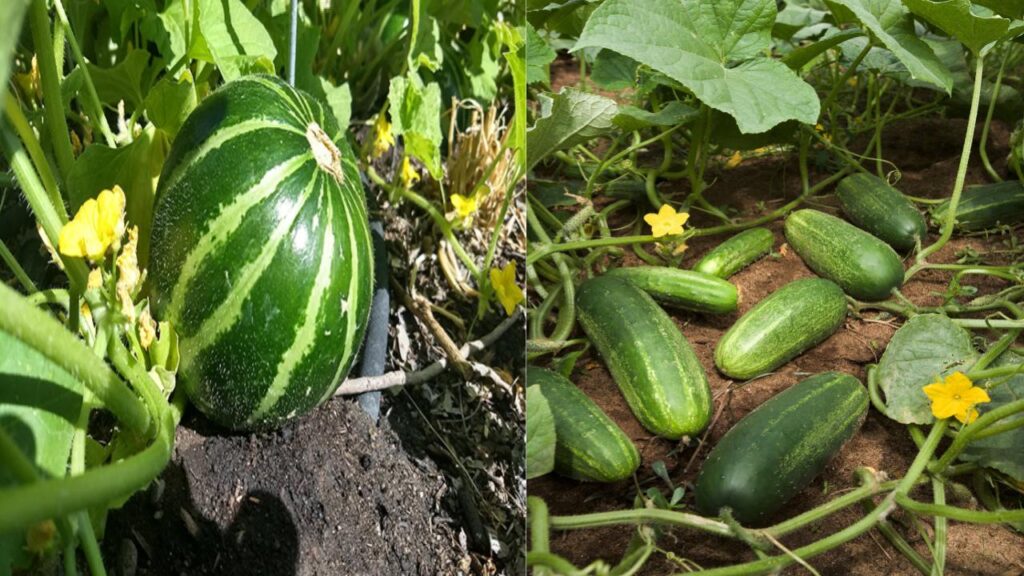
They’re both vining, thirsty plants that take up a lot of space and need tons of nutrients. When planted together, they fight over food and water. On top of that, melons attract cucumber beetles—pests that’ll ruin both plants. Give each its own trellis and growing area.
6. Onions and Beans
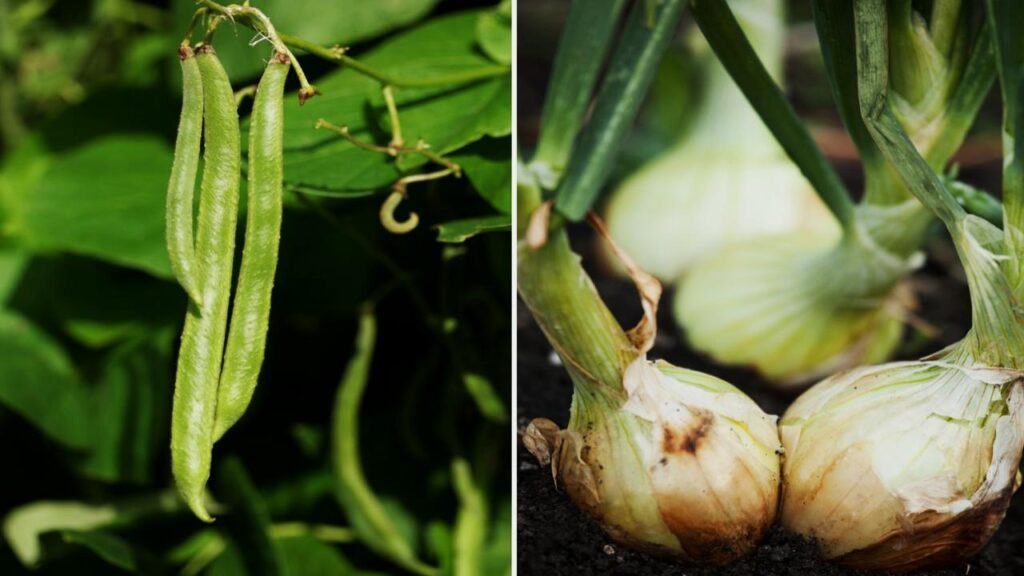
Onions are part of the allium family and they’re strong competitors. They can mess with the nitrogen-fixing bacteria that beans need to grow strong. You’ll get fewer bean pods and overall weaker plants if they’re growing too close to onions.
7. Sunflowers and Potatoes
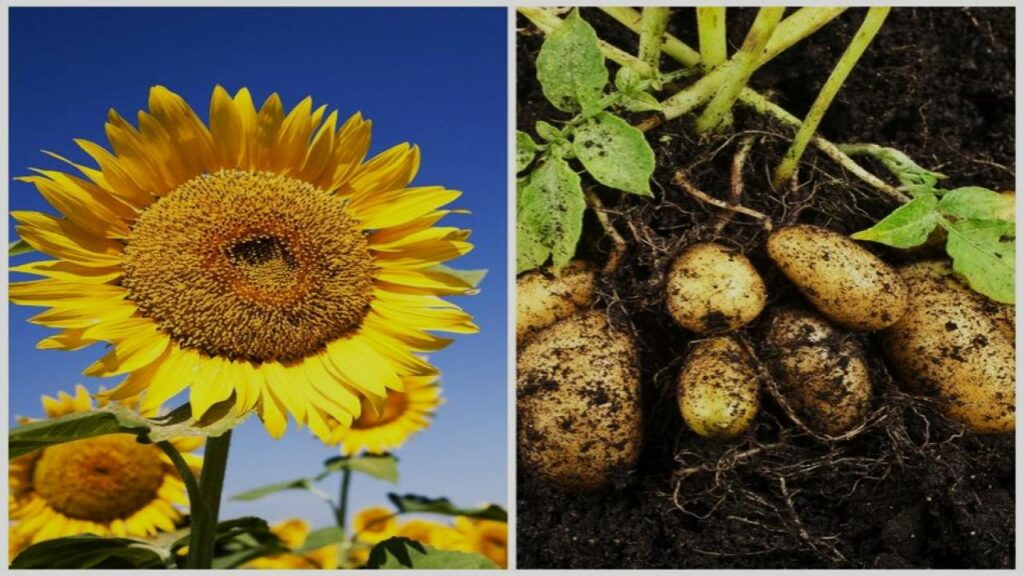
Sunflowers look cheerful, but they’re sneaky. Their roots release allelopathic chemicals that slow down other plants—especially potatoes. This chemical warfare makes your potatoes smaller and more prone to disease.
8. Black Walnut Trees and Tomatoes
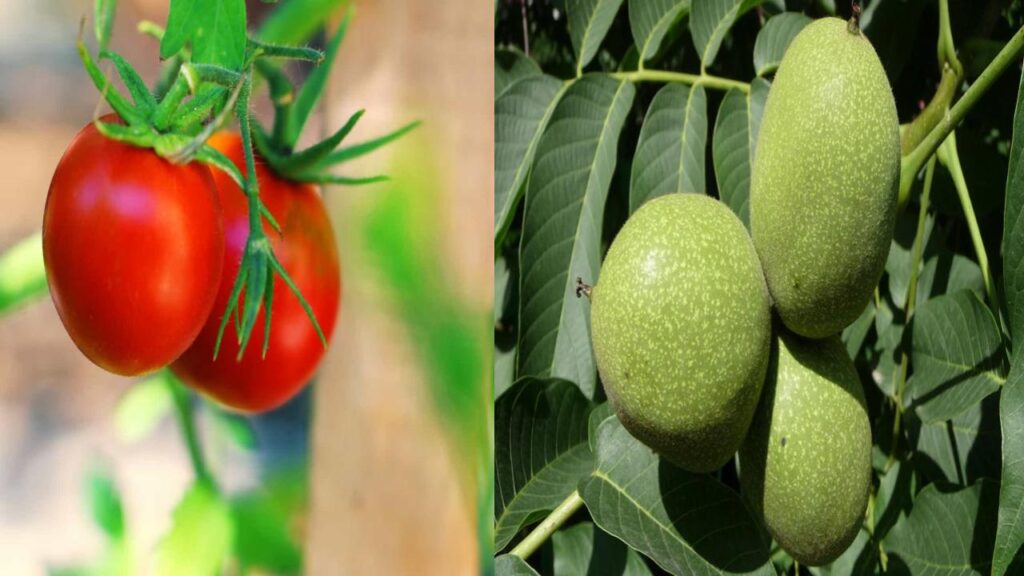
This one’s a classic problem. Black walnut trees release juglone, a chemical that’s deadly to tomatoes and other plants like peppers and eggplants. If you’ve got a walnut tree in or near your yard, don’t even bother planting tomatoes under it—they’ll turn yellow and drop dead.
9. Bee Balm (Monarda) and Cucumbers
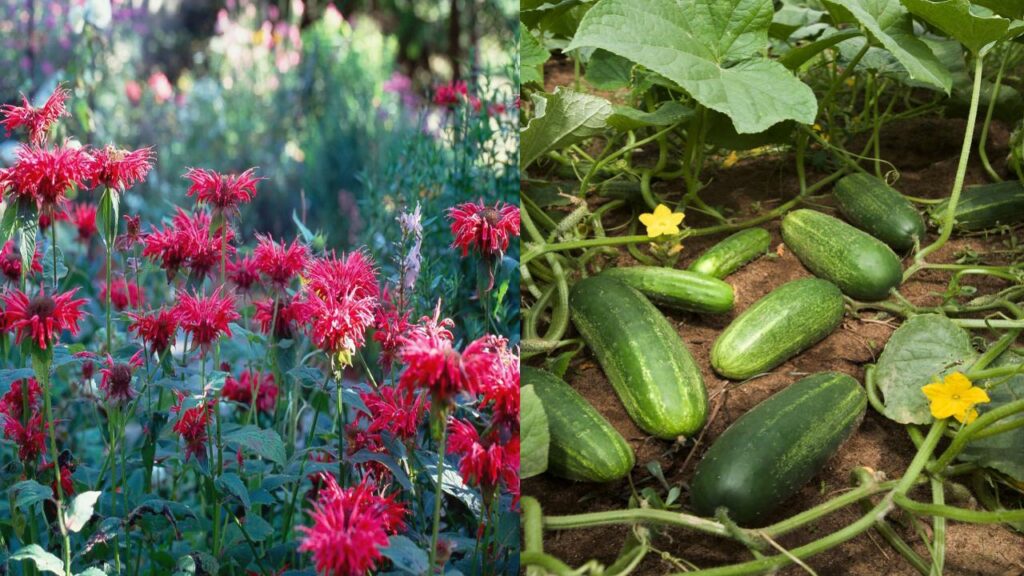
Both plants are super prone to powdery mildew. Put them together, and you’re doubling your risk. Even with good airflow and dry leaves, the spores spread easily. It’s like putting two sick kids in the same room.
10. Gardenias and Pretty Much Anything

Gardenias are gorgeous, but they’re fussy and disease-prone. They can pick up pests like whiteflies and aphids and spread them to other nearby plants. Best to give them space and keep an eye on their health regularly.
Better Plant Pairings to Try
There’s good news: many plants love being neighbors and actually help each other grow better. These friendly combos boost nutrients, attract pollinators, and even keep bugs away.
Here are some of the best swaps to use instead of the toxic pairings:
- Tomatoes do great with basil (repels pests) and marigolds (keeps away nematodes).
- Potatoes like growing near beans (add nitrogen to the soil) and cabbage.
- Cucumbers enjoy the company of dill and nasturtiums, which repel bugs.
- Beans are BFFs with corn and squash—the famous “Three Sisters” planting.
- Mint should always be planted in pots to avoid taking over the garden.
Smart Tips to Keep Your Garden Drama-Free
Want a peaceful, productive garden? Follow these down-to-earth tips:
- Plan ahead. Know who likes who before you plant. Use companion planting charts.
- Use raised beds and containers. Helps isolate aggressive growers like mint or fennel.
- Rotate crops every year to avoid soil disease buildup.
- Test your soil once per season. A cheap kit can save your harvest.
- Keep notes. Track what works and what fails in your garden journal.
- Use decoy plants. Nasturtiums and marigolds can draw pests away from veggies.
- Space matters. Give plants room to breathe and avoid overcrowding.
When you match the right plants together, it’s like garden harmony. You’ll notice stronger plants, fewer bugs, and even better tasting produce.
Where You Can Dig Deeper
- Real Simple’s Full Guide
- Southern Living: Companion Planting Tips
- Wikipedia: Allelopathy
Wrapping It Up
Look, not every plant wants a roommate. Some are just plain toxic to their neighbors. But now that you know which plant duos can destroy each other, you can plant smarter and get better results. Your garden will thank you—with bigger blooms, juicier tomatoes, and fewer bugs to fight off.
Take a little time to plan your layout, avoid these bad pairings, and try out some of the good combos we’ve listed. You’ll be amazed at how much better everything grows.
Happy planting!
